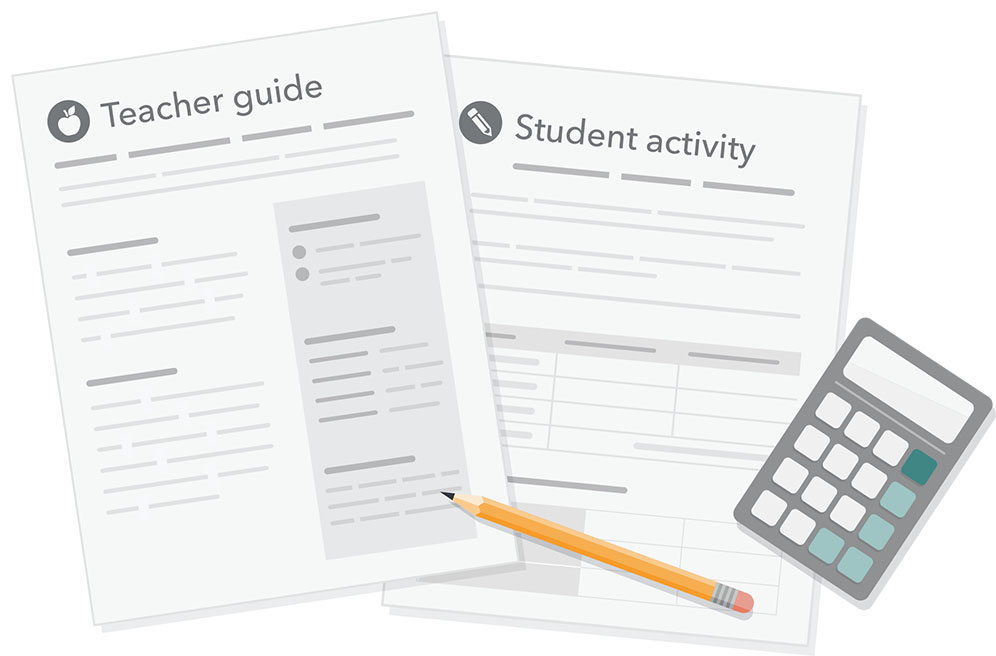Find financial literacy activities
Find activities that can help you teach and nurture the building blocks of financial capability across the curriculum.
These classroom activities can be completed within a single class period. Each activity comes with a teacher guide and supporting student material, so it’s easy to implement whether you’re an experienced personal finance teacher, integrating financial literacy into another subject area, or supplementing your existing financial education curriculum.

Search for activities
Protecting your Social Security number
Ideal for: Middle school (6-8)
Students read about the importance of protecting their Social Security number and decide if statements about Social Security numbers are true or false.
Reflecting on what’s worth saving for
Ideal for: High school (9-10), High school (11-12)
Using the strategies of reflective writing, students create a personal statement sharing their hopes and dreams of things they would like to have or accomplish in the future.
Understanding how insurance works: A case study about Lucy
Ideal for: High school (9-10), High school (11-12)
Students read about how insurance works and then review a case study to see how insurance choices can affect personal finances for a young adult in a rural area.
Understanding who shapes your money decisions
Ideal for: Middle school (6-8), High school (9-10), High school (11-12)
Students read a handout and then identify how both they and the people in their lives make choices about money.
Analyzing credit card statements
Ideal for: Middle school (6-8)
Students conduct online research to become familiar with reading and analyzing credit card statements.
Avoiding debt
Ideal for: Middle school (6-8)
Students read a short story and a handout to learn about excessive debt and ways to avoid or reduce debt.
Borrowing money for a house
Ideal for: Middle school (6-8)
Students “buy” a local home and calculate payments based on the principal, interest rate, and length of mortgage loans to learn how different loan terms affect the overall cost.
Building a good borrowing reputation
Ideal for: Middle school (6-8)
Students analyze the profiles of three different people to decide what kind of borrowing reputation they have.
Calculating energy costs
Ideal for: Middle school (6-8)
Students calculate the yearly costs of operating energy-efficient appliances and light bulbs and compare them to the costs of using standard appliances and bulbs.
Cosigning loans and sharing credit
Ideal for: High school (9-10), High school (11-12)
Students research credit and analyze scenarios on sharing credit cards and cosigning loans.
